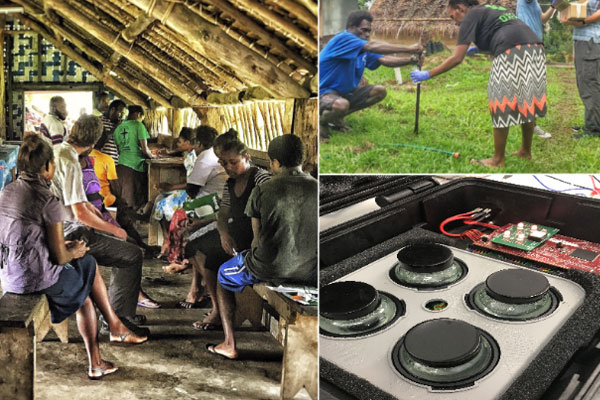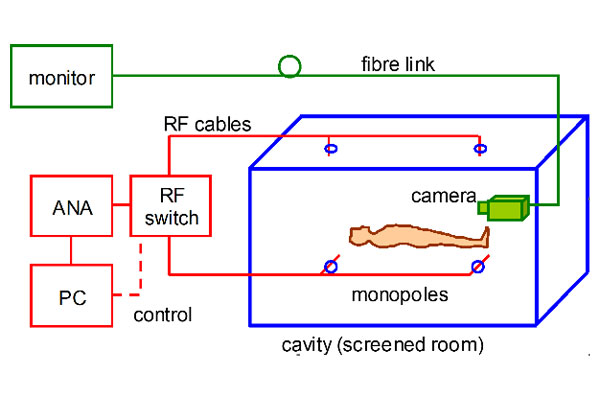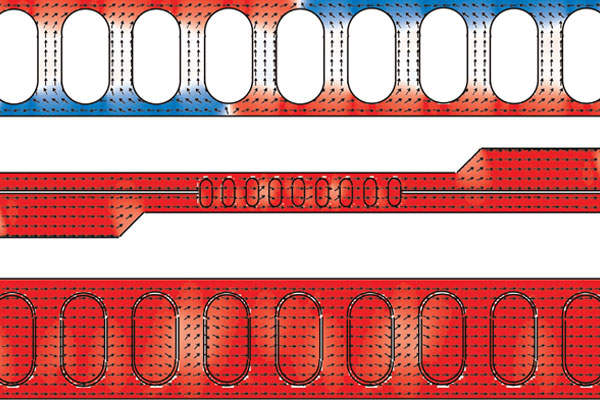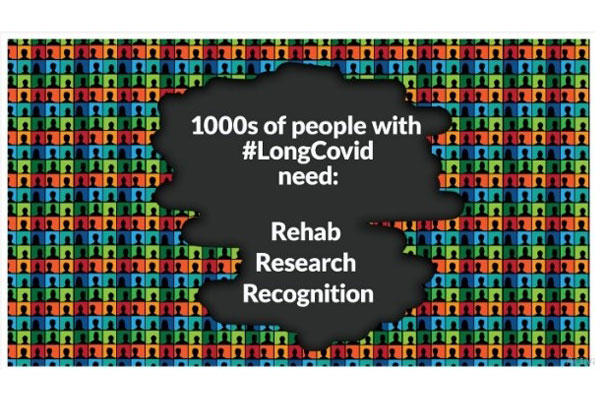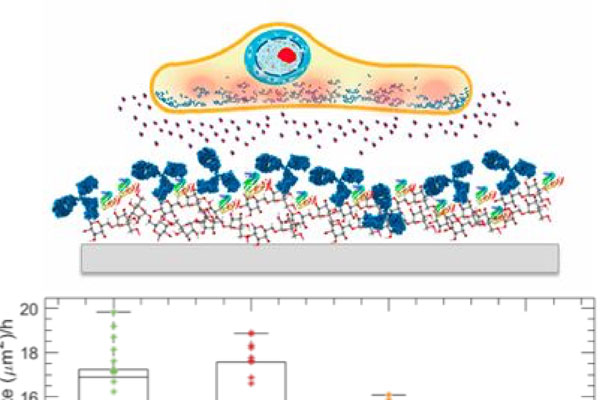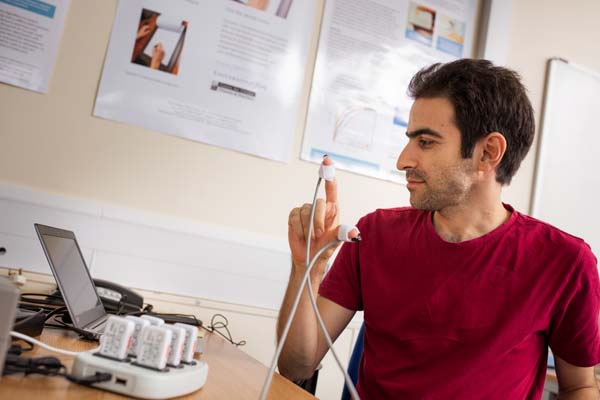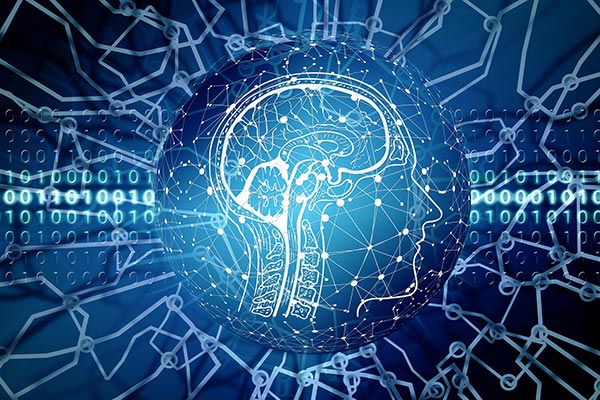
Healthcare engineering
Our research encompasses a wide range of topics, all with the goal of improving the way we diagnose, treat, and research diseases.
Technology is inextricably linked with the current state of the healthcare industry and its future. Engineering for health is a multi-disciplinary field that unites the life sciences, medicine, engineering, and computer science to bring innovations to the medical field.
For example, we design medical devices, create robotics to assist with surgery, develop new ways to model biological processes, create sensors to detect biomarkers for disease, and write algorithms to assist with diagnosis.
Our world-class research labs include:
- Bio-Inspired Technologies
- Medical Robotics
- Evolutionary Algorithms
- Computer-Assisted Clinical Diagnosis
- Computational Neuroscience and Neural Computing
- Physical Layer Research
- Investigative Virtual Environments
- Biomedical Sensors
Our group has close collaborations with York Biomedical Research Institute.
Research activities
Our research is focused on the innovation of new technology inspired by biological principles. We develop hybrid systems that merge the functions and properties of biological systems with the world of electronics. We have a particular expertise in the integration, detection and manipulation of biological materials, such as DNA, peptides and proteins, with electronic devices.
Our research is highly cross-disciplinary and we collaborate closely with scientists and engineers from across physics, chemistry, molecular biology and the clinical and social sciences.
For further information, visit the Bio-Inspired Technologies Lab website or email steven.johnson@york.ac.uk
We develop a multi-sensor CMOS chip as a point-of-care personal metabolome machine to map activity of multiple enzymes on substrates to detect metabolites. These help with the prognosis of diseases related to metabolome such as different forms of cancers, diabetes and coronary artery diseases. Our research interests includes:
- Bio-sensors for Point-of-care diagnostics and therapeutic monitoring
- Sensors for drug resistance monitoring
- CMOS sensors
- Devices for Large Area Electronic Applications
- CMOS compatible processing of MEMS for ASIC integration
- Process Integration for semiconductor fabrication
- Nano-metrology tools
- Magnetoresistive Sensors
- Thin Film Materials
- Organic TFTs
- Integrated device of spin-valve and MEMS to detect ultra low magnetic field for the bio-imaging
- Devices on flexible plastic substrates
- Use of non-conventional materials for the device processing
For further information, email samadhan.patil@york.ac.uk
Computational Neuroscience involves interaction between the Physical Sciences (Engineering, Mathematics, Statistics) and Life Sciences (Neuroscience, Psychology, Neurophysiology) which aims to understand the operation of the nervous system through the use of techniques which include mathematical analysis of neural signals, and modelling of the electrical activity in single neurones and groups of neurones.
For further information, visit the Computational Neuroscience Lab website or email david.halliday@york.ac.uk
Our work focuses on the automated assessment of Parkinson’s disease and other neurodegenerative conditions based on the measurement and analysis of movement disorders and visuo-spatial ability. Features associated with symptoms of these neurological conditions are used to train novel evolutionary algorithms to aid diagnosis, monitoring and administration of medication.
Our technology has the potential to transform clinical practice allowing patients to be monitored with greater accuracy than previously possible in hospital and their own homes, leading the way to saving money and improving the patient’s quality of life. Devices developed by our group are in clinical use in leading medical centres worldwide.
For further information, view the Stephen Smith lab pages or email stephen.smith@york.ac.uk
The Laboratory for Investigative Virtual Environments (LIVE) specialises in medical diagnostics and rehabilitation technology. We apply aspects of life sciences (especially the natural features of human cognition) to technology, and using technology to understand cognition, human processes and intelligence.
We combine the biological and the engineering sides, and one kind of feeds into the other. This encompasses a wide variety of research areas including:
- Virtual and augmented environments
- 3D display methods
- Stroke
Low vision and gait rehabilitation technology - Locomotion simulators
- Human visuomotor interactions in locomotion
- Visual neurophysiology and perception
For further information email adar.pelah@york.ac.uk
Medical Robotics Lab uses quantitative engineering analysis to gain a better understanding of the human body and the technologies that we interface with it. With that understanding, we design better therapeutic strategies, devices, and diagnostics.
As a medical imaging and robotics research group, we focus on enabling technologies for image-guided robotic devices used in patient rehabilitation, surgery and diagnosis.
For further information, email manish.chauhan@york.ac.uk
We work on many different problems where electromagnetics and electronics meet. Sometimes this is in obvious ways such as antennas for wireless systems but often work is concerned with EMC issues where the radiated fields are unwanted.
The group is highly regarded in the EMC field and the Bilog antenna, now standard in EMC measurements, was designed at York.
Research involves a mixture of measurement techniques and computer simulations with the latter proving ever more important as the global number of electronic devices - all of which need to meet electromagnetic regulations - increases. As well as research into the effect of electromagnetic radiation on electronic systems there is also research into biological systems, for example to detect body water content.
Recent research in the group includes fly-by-wireless aircraft, uncertainty analysis in numerical modelling and chip immunity.
For further information, email Martin Robinson (martin.robinson@york.ac.uk)
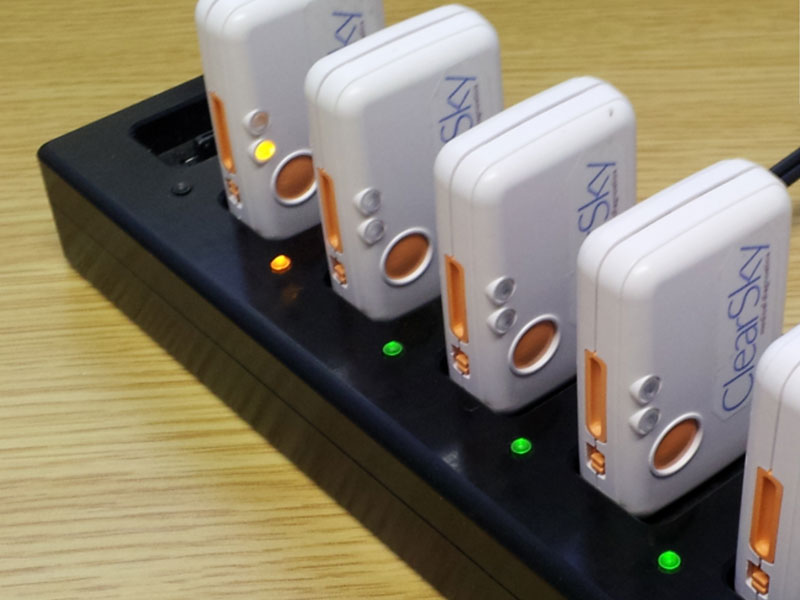
Spinouts
ClearSky Medical Diagnostics Ltd. was spun-out in 2013 to commercialise research into intelligent medical devices for the diagnosis and monitoring of Parkinson’s and related conditions.
Current projects
Staff
- Dr David Halliday
- Dr Steven Johnson
- Dr Samadhan Bhaulal Patil
- Dr Adar Pelah
- Dr Martin Robinson
- Professor Stephen Smith
- Dr Manish Chauhan
- Dr Iain Will
